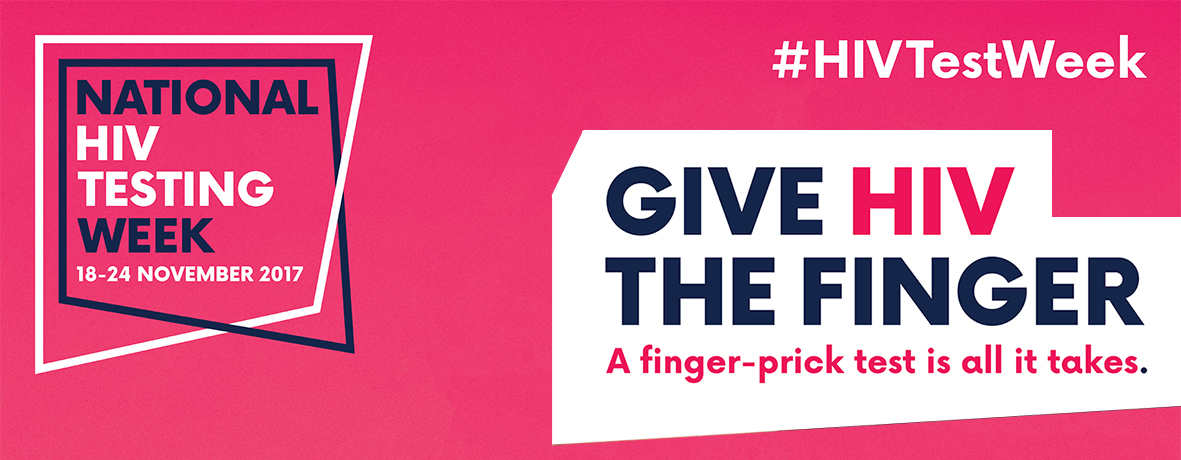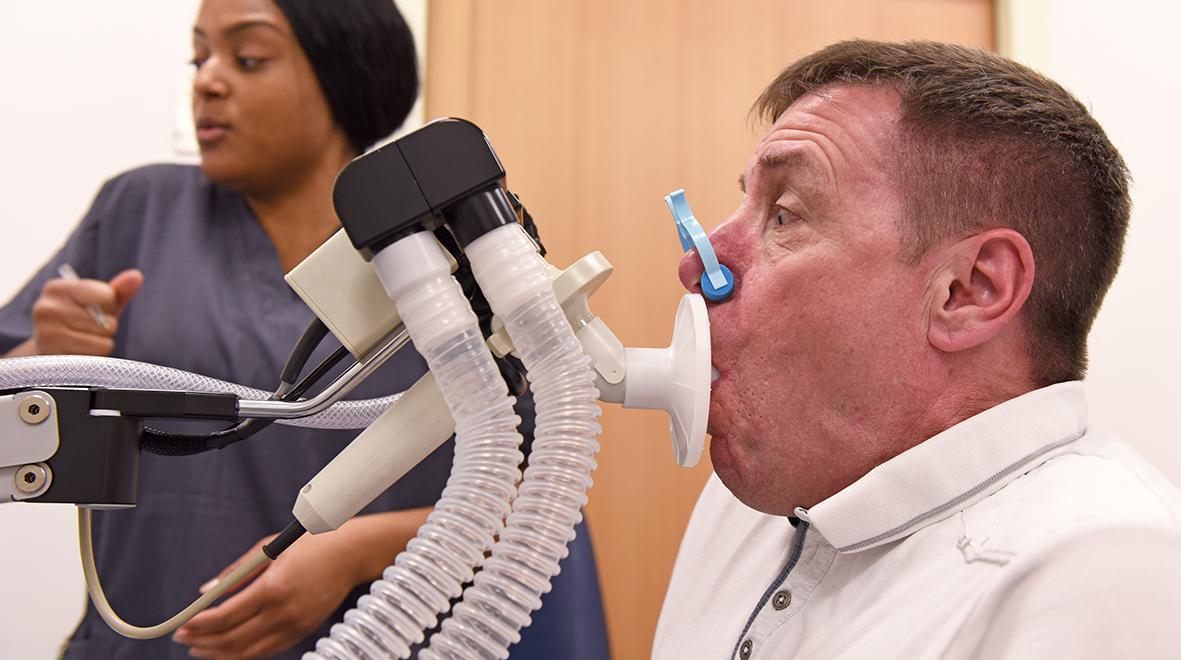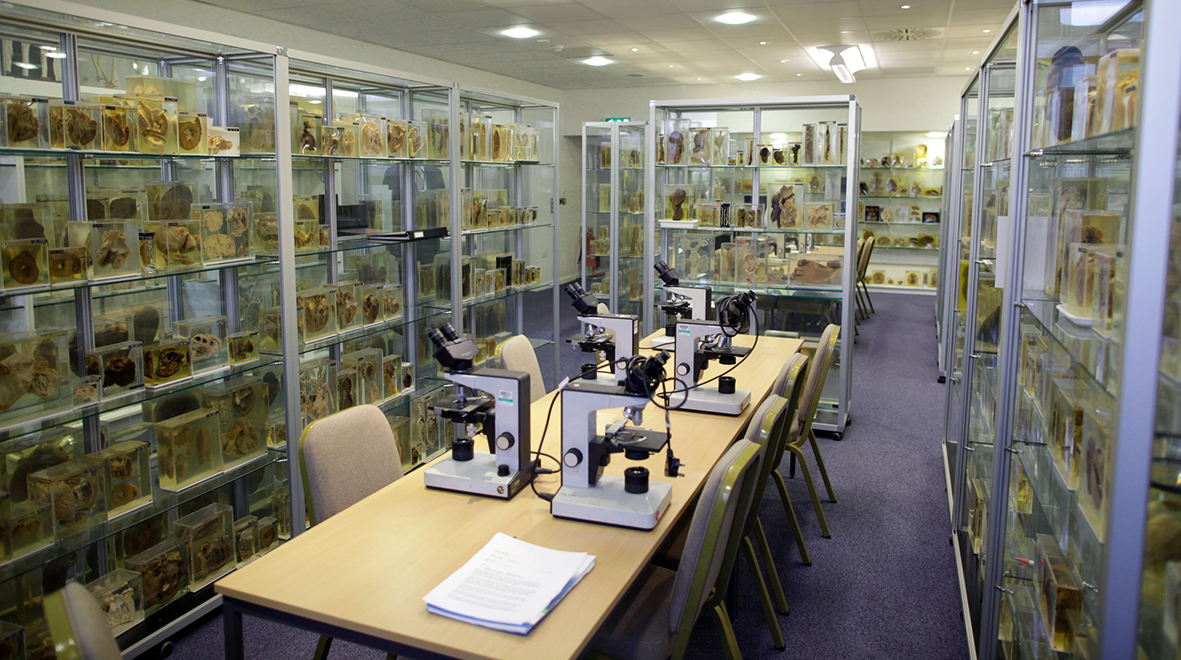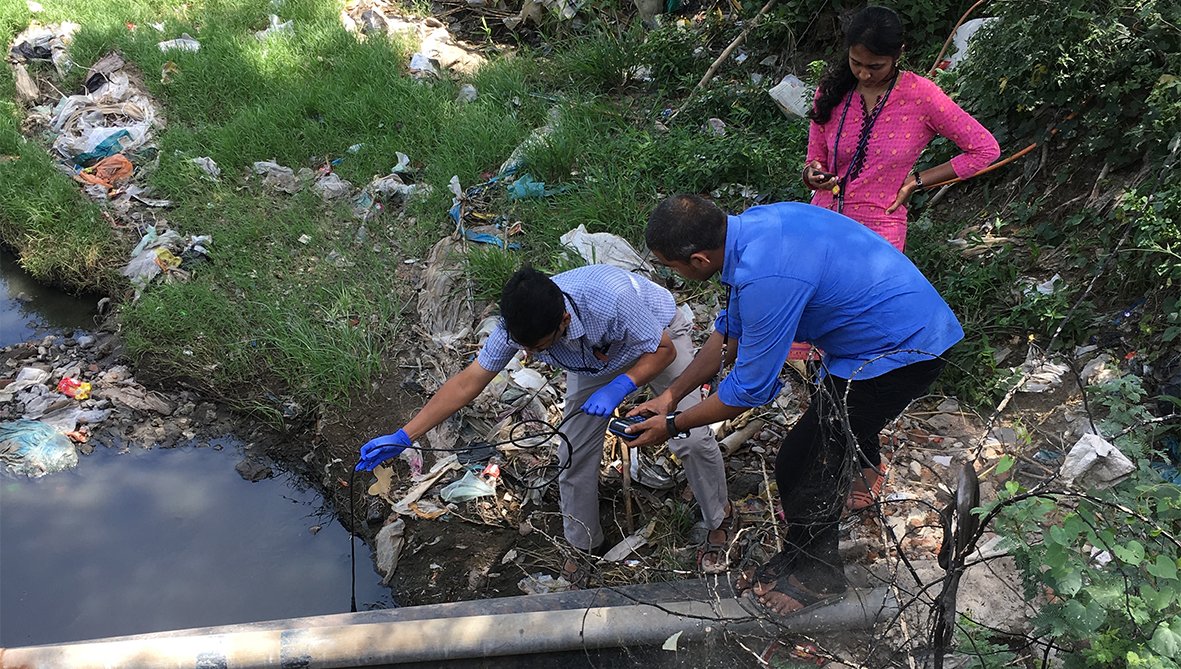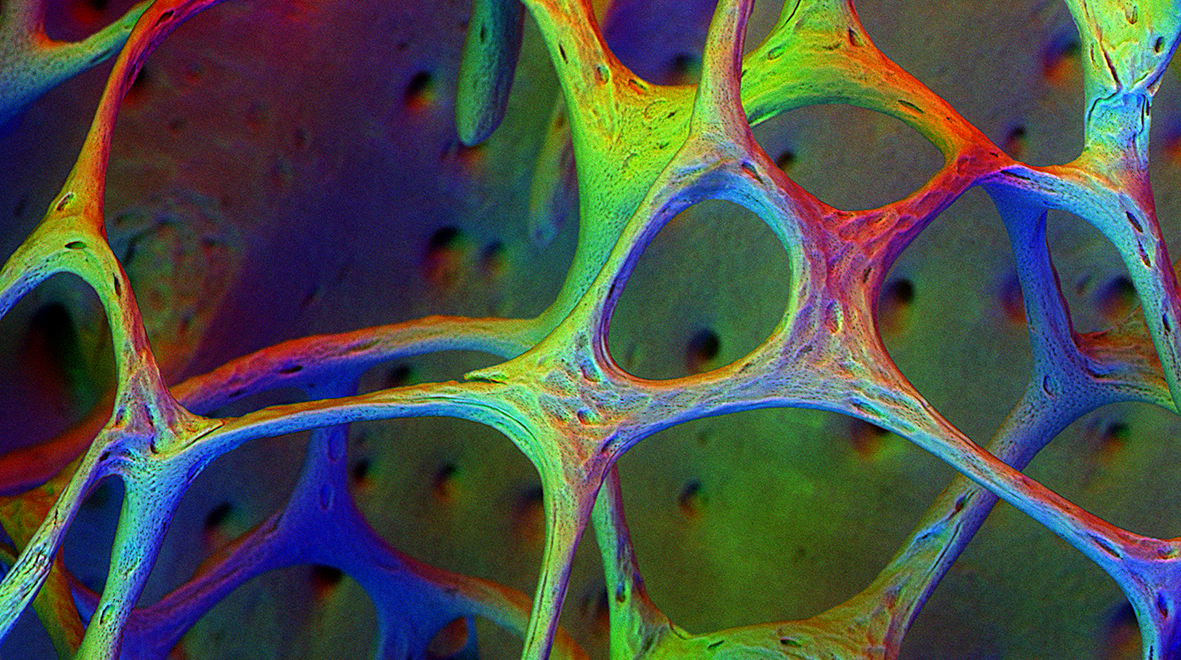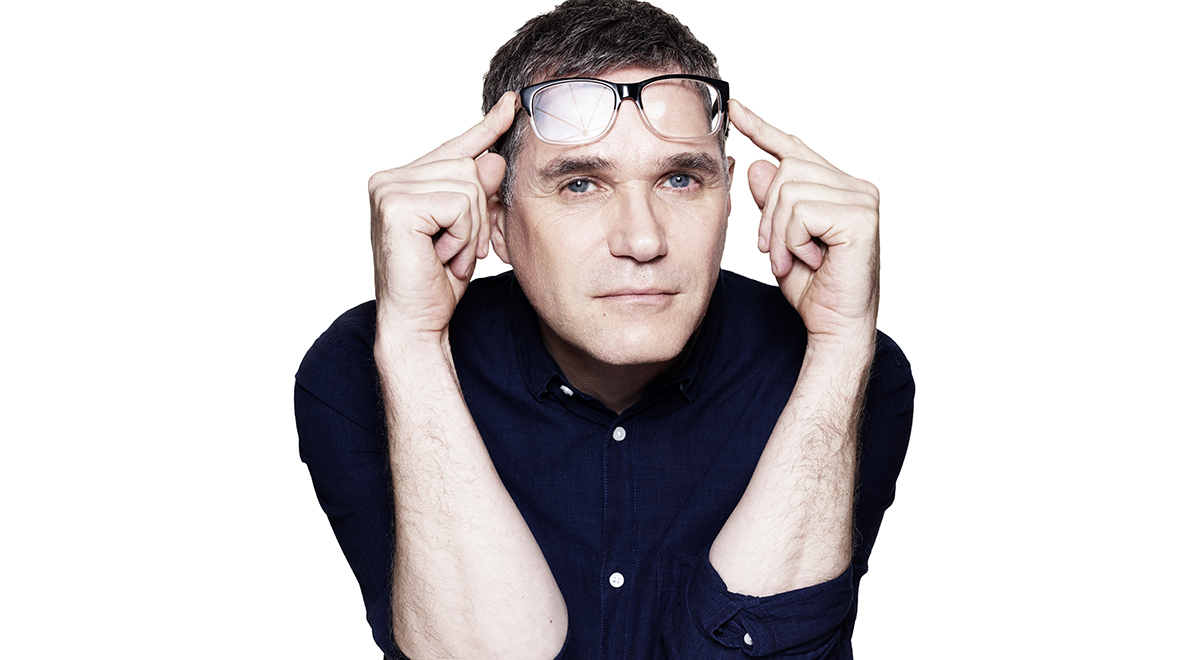
To mark World AIDS Day 2017, we have published a series of blog posts to highlight the important and varied research that takes places at Imperial. Three experts from Faculty of Medicine share their interest in HIV/AIDS which spans from the elusive vaccine to the economics of the epidemic.
World AIDS Day takes place annually on 1 December as an opportunity for people worldwide to unite in the fight against HIV and to show support for people living with HIV/AIDS.
Oncologist turned HIV expert
As a medical oncologist at Chelsea and Westminster Hospital, I specialise in the treatment of HIV-related cancers at the National Centre for HIV Malignancy – Europe’s largest research and treatment institute for these cancers. Over the last 25 years, I have seen an astonishing improvement in the outcomes of people diagnosed with both HIV and cancer, so that patients under my care with most HIV associated cancers now have the same overall survival as HIV negative patients. (more…)

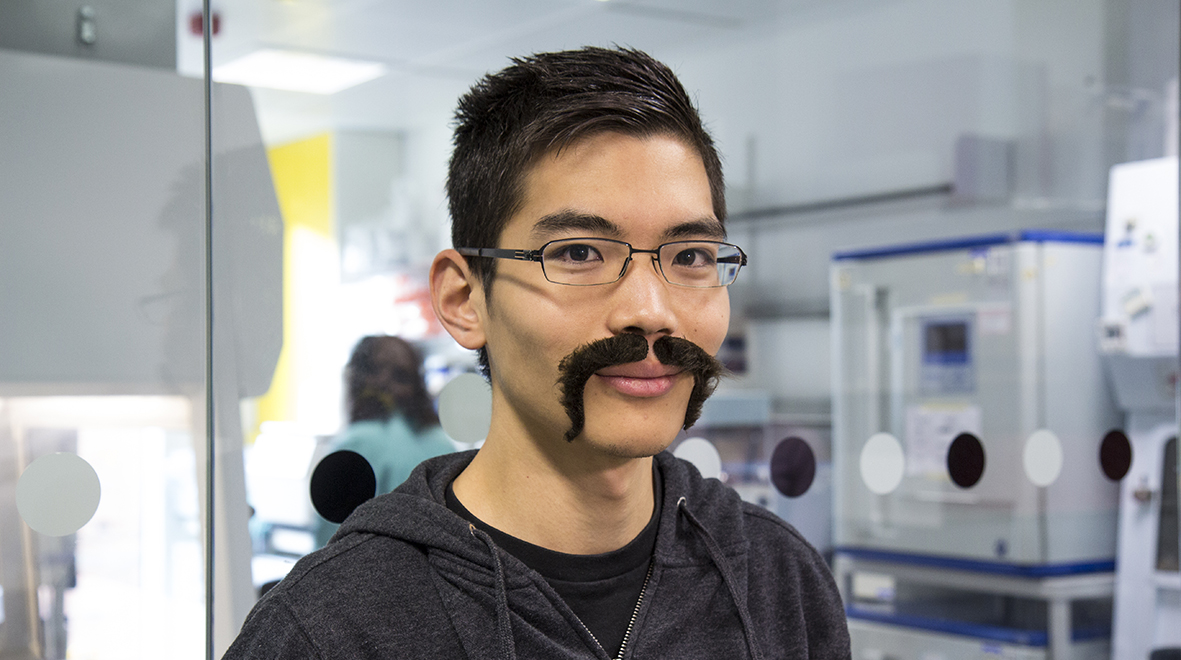
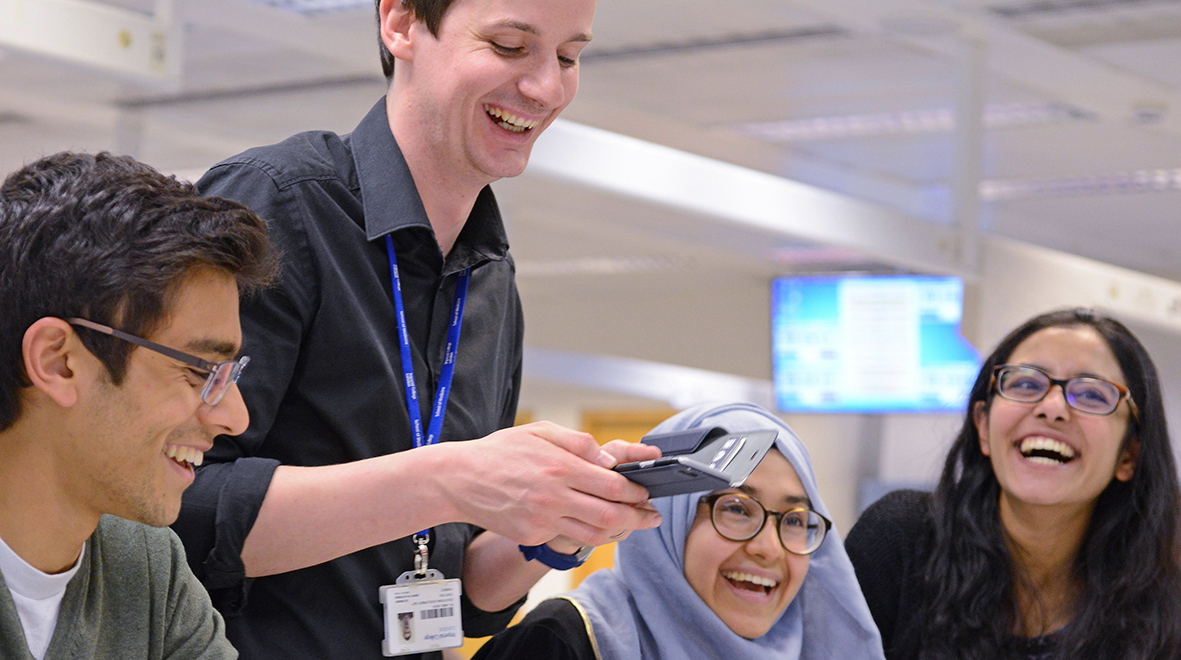 James Moss, a Teaching Fellow, provides an insight into his role, from exam marking to supporting research projects.
James Moss, a Teaching Fellow, provides an insight into his role, from exam marking to supporting research projects. 